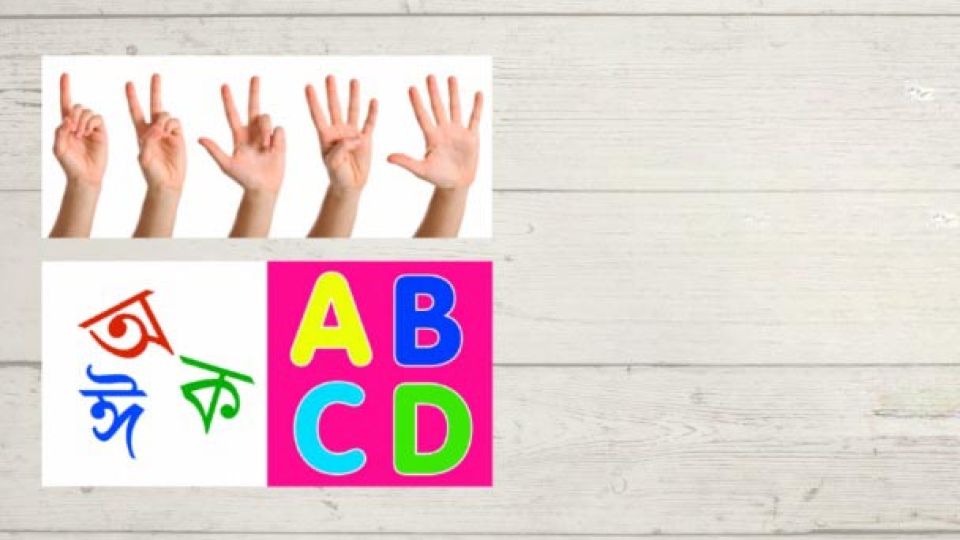October 7, 2022
DHAKA – The importance of literacy as a driver of individual and social development cannot be stressed enough. Bangladesh has long struggled to eradicate the scourge of illiteracy which, despite its moderate economic success, has proved harder to fix. There have been encouraging gains in recent years, however, with the 2022 population census showing a 22.89 percent increase in the national literacy rate since the 2011 census. But one persistent offshoot of the problem has been inequality in literacy, with some districts falling so far behind others that it can easily derail the government’s plan to achieve 100 percent literacy by 2030.
According to the recent census, the literacy rates in Jamalpur, Sherpur, Bandarban, Sunamganj and Kurigram are significantly lower than the national average. While the national average is 74.66 percent, the average in Jamalpur is 61.52 percent, Sherpur 63.57 percent, Bandarban 63.64 percent, Sunamganj 64.77 percent, and Kurigram 64.99 percent. At the other end of the spectrum is Dhaka division, which, unsurprisingly, has the highest literacy rate, at 78.09 percent. While other pockets of literacy inequality do exist – such as between urban and rural populations, or between male and female populations – these districts present a unique challenge for the policymakers.
Free education is not much of an incentive if the spectre of poverty looms continuously overhead, so authorities also need to focus on giving out-of-school children and adults financial support to make their life easier and help develop their literacy skills.
True, poverty remains the biggest barrier to education, but poverty alone cannot explain their poor literacy rates, as districts with fewer resources have performed better than some of these districts. This means that barrier to literacy attainment can – and does – come from other factors, such as lack of awareness, educational support and adult literacy projects, as officials at the Bureau of Non-Formal Education (BNFE) have also acknowledged. Experts say that literacy (and numeracy) can be attained in two ways – formal education and adult literacy programmes – but the country’s focus has largely been on formal education.
At the five districts, as a report by The Daily Star reveals, lack or absence of adult literacy programmes has been a constant factor. In Jamalpur, for example, only two of its five upazilas have out-of-school-children programmes run by BNFE, which is responsible for providing education and opportunities to individuals who have not received formal education. Such projects, if properly and regularly undertaken, as well as awareness among ordinary people can hugely help districts falling behind in literacy. But free education is not much of an incentive if the spectre of poverty looms continuously overhead, so authorities also need to focus on giving out-of-school children and adults financial support to make their life easier and help develop their literacy skills.
In the end, however, even that may not be enough. We need a whole-of-society approach to literacy attainment, with the involvement of households, social institutions, political leaders, policymakers and private actors. Crucially, we need the education budget to match the demand. We need proper planning and execution. And given the short window of time before the 2030 deadline, we need a master plan to direct and expedite all efforts. Ending illiteracy is itself a huge challenge; the government shouldn’t compound it by allowing literacy inequality to get in the way.


